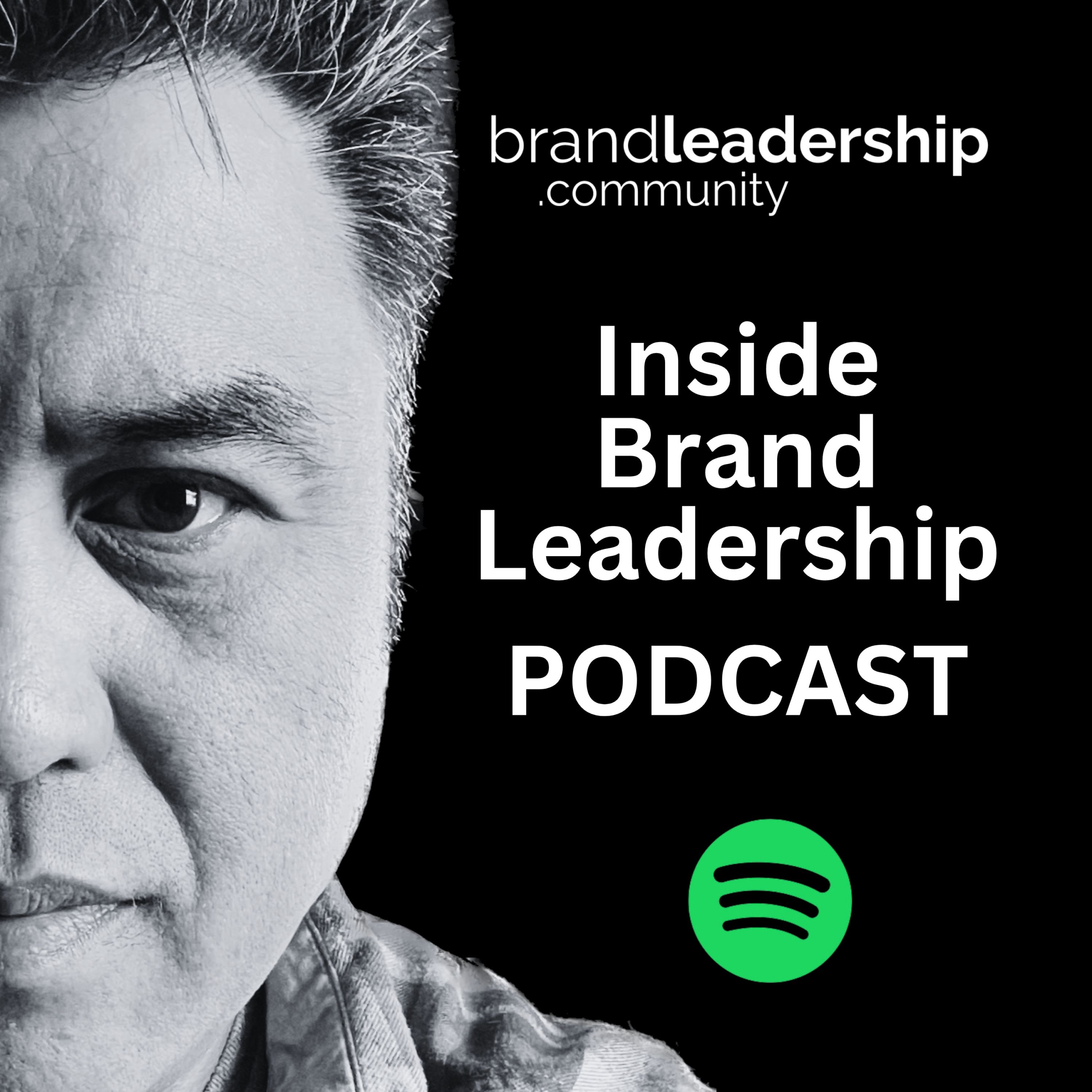The Art of Conversion:
Customer-Centric Strategies in the Digital Age
INTERVIEW BY JOMAR REYES
Understanding and optimizing customer interactions have become paramount for brand success in today’s technology driven marketing landscape. At a Superweek TV 2024 panel along with esteemed experts Ton Wesseling, Kelly Wortham, and Matt Gershoff, we delved into the nuances of conversion optimization from a brand owner’s perspective.
Their insights offer a fresh perspective on how brands can leverage data and experimentation to enhance customer relationships and drive long-term value.
Broadening the Definition of Conversion
Ton Wesseling, known as a thought leader in Amsterdam, redefined conversion as a deep understanding of customer behavior. “Conversion is broader than just optimization,” he explained. “It’s about making sure you’re not shipping things that kill your customers, which is crucial for customer lifetime value (CLV).” This broader approach emphasizes incremental steps toward becoming a better organization, highlighting the importance of small, continuous improvements.
Enhancing Usability and Accessibility
Kelly Wortham underscored the importance of making websites user-friendly. “We aim to make it easier for users to accomplish their tasks online,” she said. “It’s about usability and accessibility, ensuring that everything on a website is easy to use and accessible.” This focus extends beyond the purchase funnel, incorporating data to validate and enhance user experience (UX). Wortham’s approach integrates UX with data-driven testing to ensure a seamless and inclusive customer journey.
Also on Podcast

This interview is also availabe as an Inside Brand Leadership podcast episode on Spotify.
Follow the Inside Brand Leadership podcast here
Customer Advocacy through Analytics
Matt Gershoff introduced a paradigm shift in how we view analytics and conversion. He proposed that analytics should be seen as the frontline of customer advocacy. “The real value lies in thinking from a customer perspective, aiming for long-term loyalty and profitability,” he stated. Gershoff criticized the term “conversion rate optimization” for its narrow focus on transactional behavior, advocating instead for a holistic view that combines experimentation with research to understand and improve the customer experience.
Evolving Beyond Conversion Rate Optimization (CRO)
The panelists collectively acknowledged that traditional CRO can be misleading. Wesseling pointed out that focusing solely on conversion rates can lead to shortsighted strategies that harm overall brand health. “In Europe, we prefer the term ‘conversion optimization,’ which encompasses a broader perspective,” he noted. Wortham added, “It’s about making better decisions with data, focusing on customer-centric strategies rather than just boosting conversion rates.”
Selling Experimentation to C-Level Executives
A significant challenge for many organizations is convincing C-level executives of the value of experimentation and innovation. The panelists emphasized the role of data in making better decisions and the potential for improved customer relationships. “It’s about giving executives better data to make better decisions,” Wortham asserted. “When decisions are backed by data, they move the needle in building better customer relationships and increasing loyalty.”
Integrating Qualitative Research for Deeper Insights
Wortham highlighted the need for experimentation programs to collaborate more closely with qualitative research departments. “Listening to your customers is crucial for being truly customer-centric,” she stressed. This integration allows brands to gather comprehensive insights, combining quantitative data with qualitative feedback to create a more accurate picture of customer needs and preferences.
Preparing for an AI-Driven Future
As artificial intelligence (AI) continues to transform business interactions, Wesseling expressed concerns about its impact on optimization. “Customers will also use AI to interact with brands, reducing the ability to optimize conversations,” he cautioned. However, he also emphasized the enduring importance of building an amazing brand, regardless of technological advancements.
Embracing a Customer-Centric Mindset
The panelists concluded with forward-looking advice for brands. “Focusing on creating an amazing brand and being customer-centric will become even more important,” Wesseling advised. Wortham added, “Experimentation programs need to listen more to their customers to enhance customer-centric strategies.” Gershoff provided a reassuring perspective on the role of experimentation in an AI-driven world, highlighting that the need for testing and validating ideas will remain critical.
Conclusion
The insights from this Superweek TV panel illuminate the evolving art of conversion in today’s digital age. By broadening the definition of conversion, enhancing usability and accessibility, advocating for customer-centric analytics, and integrating qualitative research, brands can make better decisions and build stronger customer relationships. As AI continues to advance, maintaining a focus on customer-centric strategies and continuous experimentation will be key to sustaining brand success in the long term.
5 Key Tips for Brand Professionals
- Broaden Your Definition of Conversion:
- Conversion should encompass a deep understanding of customer behavior, not just the optimization of conversion rates.
- Focus on incremental improvements and ensuring that your actions enhance customer lifetime value (CLV).
- Prioritize Usability and Accessibility:
- Enhance the user experience on your website by making it easy to navigate and accessible to all users.
- Integrate UX principles with data-driven testing to ensure a seamless and inclusive customer journey.
- Adopt a Customer-Centric Approach:
- Shift your focus from transactional behaviors to building long-term relationships.
- Use analytics and experimentation to advocate for the customer, aiming to improve loyalty and profitability by understanding and meeting customer needs.
- Leverage Data for Better Decision-Making:
- Use data to inform and support your decisions, ensuring they are customer-centric.
- By making data-backed decisions, you can prioritize projects that have the highest potential impact and improve overall brand health.
- Integrate Qualitative Research:
- Combine quantitative data with qualitative insights to gain a comprehensive understanding of your customers.
- Listening to customer feedback and incorporating it into your experimentation programs will help you create more effective and customer-focused strategies.


